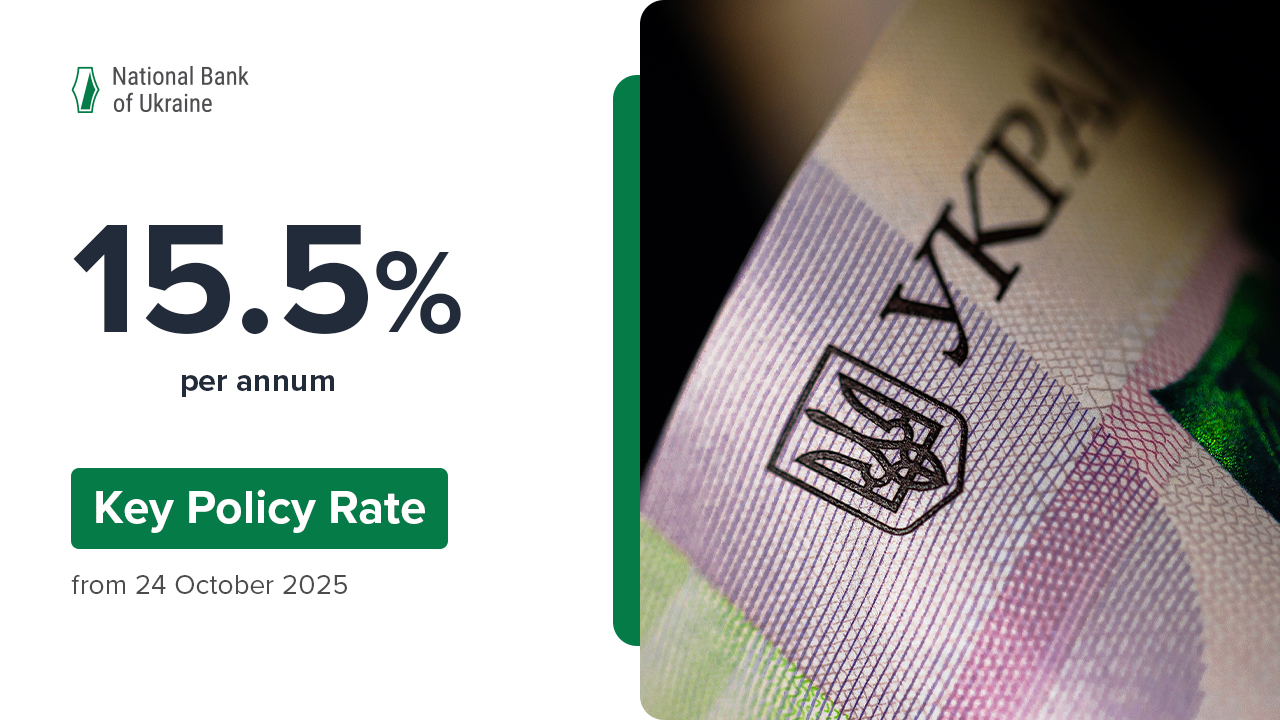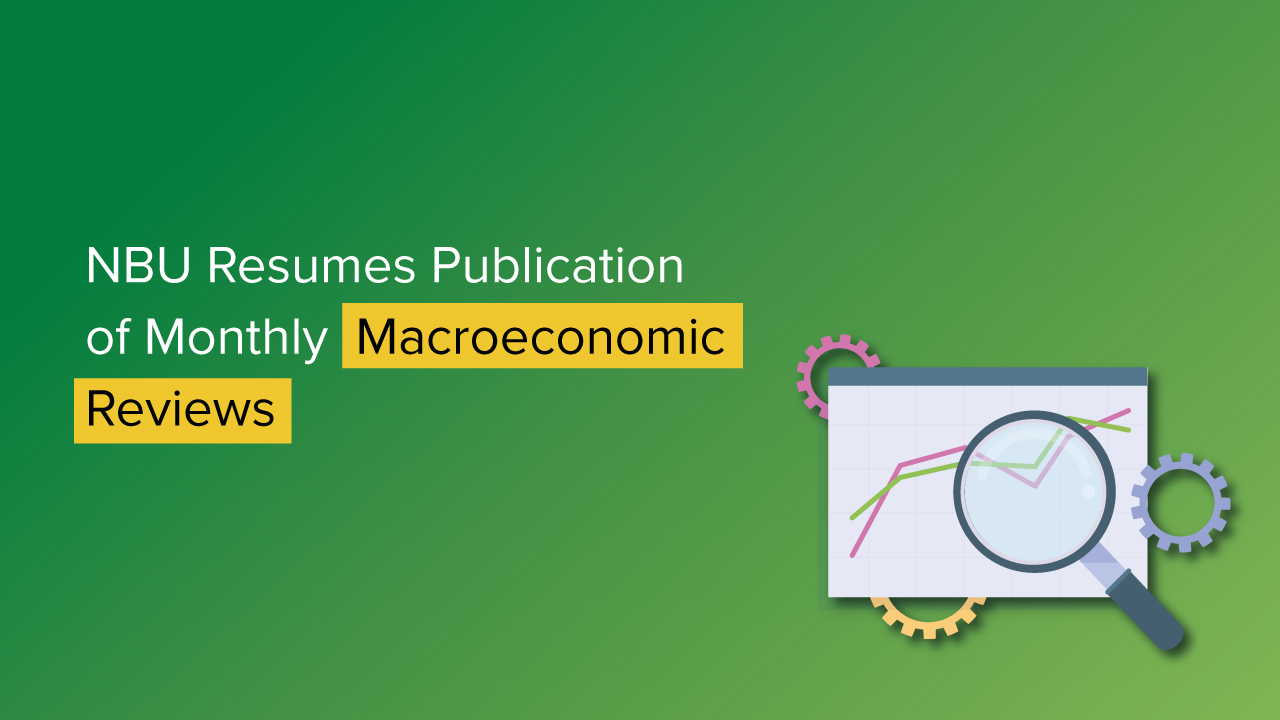The NBU adheres to the principle of transparency. As such, the NBU is resuming the publication of its monthly macroeconomic reports. As the amount of data available in wartime is limited, these reports will be compiled in a new format. To prepare the reports, the NBU will use, among other things, alternative sources of information, including flash business surveys and high-frequency data.
Takeaways from the May Macroeconomic and Monetary Review:
- Risks of a global stagflation are rising. New orders have been growing at a low-key pace, while significant supply pressure persists due to the tightened quarantine restrictions by China and the war in Ukraine. Global inflation continues to accelerate, primarily due to rising fuel prices and food supply shortages.
- After the shock of the earliest weeks of the war has passed, the Ukrainian economy in relatively calm regions is gradually recovering. Ukrainian companies are going back into business, but most of them are operating a significantly lower workload compared to prewar levels.
- Labor market activity is gradually coming alive after plunging in March. Specifically, the drop in the number of vacancies stopped in April. However, an excess of labor supply over demand has been pushing wages down. Refugee outflows have stabilized, and people appear to have actually started coming back to Ukraine.
- Price pressure remains elevated and unevenly distributed across regions. The main driver of rising prices is supply chain disruptions due to hostilities. The highest price increases have occurred in the territories temporarily occupied by russia and in regions with active hostilities. Inflation is being constrained by logistical hurdles hampering exports and therefore by a surplus of agricultural products in the domestic market.
- Foreign trade flows have narrowed significantly. Exports have declined primarily because of the destruction of production facilities and russia’s blockade of the Black Sea ports. A falling domestic demand and restrictions on imports have led to lower imports of goods. Meanwhile, relatively stable remittances, as well as a ban on dividend transfers and a reduction in reinvested earnings, have contributed to a significant current account surplus.
- Ukraine’s state budget deficit has widened due to declining tax revenues amid a slumping economic activity and the provision of fiscal stimuli to sustain the economy. The significant deficits have been financed through military bonds and international funding.
- The NBU’s decision to fix the hryvnia exchange rate and impose FX restrictions, coupled with the smooth operation of the banking and payment systems, has mitigated the war’s adverse impact on the Ukrainian economy. The administrative restrictions on the FX market, as well as the fixed key policy rate, are temporary measures. As the economy goes back to business as usual, the NBU will return to its inflation-targeting regime with a floating exchange rate and the use of the key policy rate as the main instrument of monetary policy.







